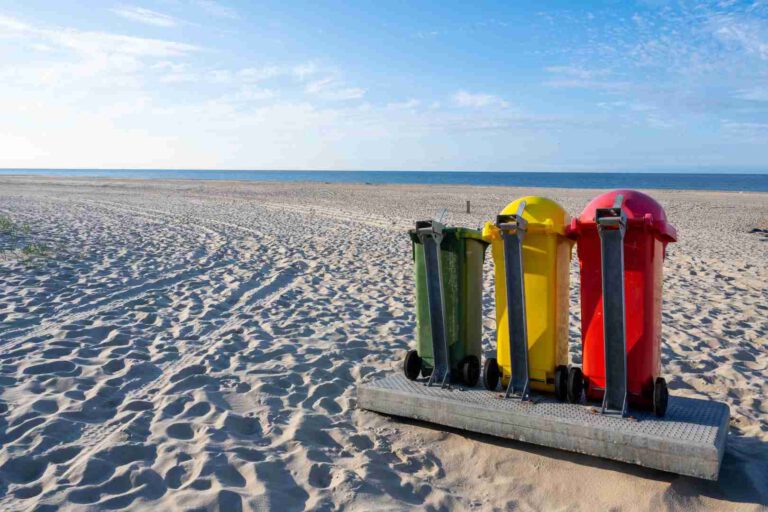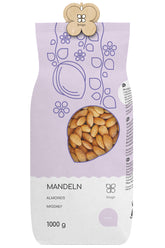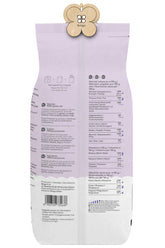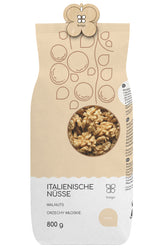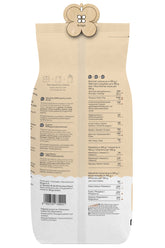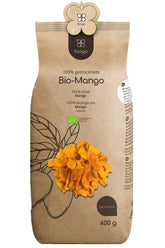The most important facts about proper waste separation
Contents:
- How do you separate waste correctly? Basic facts
- Hazardous waste
- Why is waste separation so important?
It seems like we already know all about waste separation and how important it is for the environment. Even preschool children have lessons on the subject and learn which waste can be thrown into individual containers. However, according to a 2019 study conducted by ARC Rynek i Opinia and the Responsible Business Forum, only 66% of Poles say they separate their waste, and only 15% of them do it correctly. This is a big problem considering that the average European produces an average of half a ton of waste per year. So, what should we know about separation so that the amount of waste generated can be properly recycled, processed, or disposed of?
How do you separate waste correctly? Basic facts
The most basic thing is to know which bins each type of waste should be thrown into:
- Glass - green - only glasses and bottles should go here. All types of plates, cups, ceramics, light bulbs, broken glass, and glasses or tempered glass should not be thrown into this bin.
- Paper – blue – juice and milk cartons, grease-soaked paper packaging, used tissues, paper towels and diapers must not be thrown away,
- Organic waste – brown – meat, bones, oil or animal waste must not be thrown in,
- mixed waste - black / dark grey - we should not throw in products that can be recycled, as well as construction waste such as rubble, tiles, slabs, batteries, electronic and electrical equipment, household appliances, green waste and medicines,
- Metals and plastics - yellow - we do not throw away electronic devices, old batteries and accumulators, electrical appliances, paint cans, plastic car and motor oil bottles, greasy Styrofoam packaging or aerosol packaging.
In order to separate the waste properly, we should also know that
- Unless recommended by the municipality, the packaging does not need to be washed before disposal. Additional washing will result in increased water consumption. However, they should be emptied and not thrown into a plastic container, such as a carrot juice bottle.
- discarded bottles should be unscrewed,
- Waste that consists of several different raw materials, such as a glass jar with a metal lid, should be separated and disposed of in the appropriate containers.
- Plastic packaging from bottles or jars should be removed and disposed of in a mixed waste container.
- Paper labels on jars that need to be removed with water can optionally be left in place.
Hazardous waste
Other waste classified as hazardous waste does not fall into the above-mentioned waste containers. These include:
- Batteries,
- light bulbs,
- Batteries,
- medication,
- used needles and syringes,
- Thermometer,
- electronic, electrical, household appliances,
- Colors,
- Solvent.
Expired medications can be returned to the pharmacy in specially designed and prepared containers. Never throw them down the toilet, sink, or bathtub. Municipal sewage treatment plants cannot filter out discarded medications. They then seep into rivers and groundwater, posing a health hazard to all residents.
If you want to properly dispose of other hazardous waste, you should dispose of it free of charge at the municipal waste collection point closest to your place of residence, the so-called PSZOK municipal waste collection point. You can also drop off this type of waste at the collection points regularly established by the city or municipality. These take place at specific times and locations.
Why is waste separation so important ?
To save one tree, which is needed for paper production, it is enough to recycle less than 60 kg of waste paper. Some raw materials, such as glass and aluminum, can be recycled infinitely. Recycling is very important for aluminum because its production from ores is expensive and the deposits used for aluminum production are non-renewable.
Plastics are produced using petroleum, which is also expensive to extract and whose resources are limited. By reusing plastic, we obtain secondary raw materials. Plastic can also be used to make the following:
- Backpacks,
- Shoes,
- tents,
- Clothing.
Recycling reduces waste and the consumption of raw materials that are available in limited quantities on Earth. Recycling is now an important part of the economy of developed countries. It is also important for economic and, above all, environmental reasons. In times of growing populations, shrinking natural resources, and climate change, it is worth following established waste separation rules. In this simple way, we contribute to the recovery of raw materials and the protection of the environment, which benefits not only us but also our children and future generations. Let us remember that a cleaner environment affects the quality of our lives, our health, and our well-being. Fortunately, in recent years, society has become significantly more aware of the problems of waste collection and the exploitation of our planet's natural resources, and we are increasingly willing to adhere to the principles of proper recycling.
THE PUBLISHER'S CHOICE
Almonds 1 kg BIOGO
- £11.00
£13.00- £11.00
- Unit price
- / per
Walnuts 800 g BIOGO
- £8.00
£10.00- £8.00
- Unit price
- / per
Dried organic mango 400 g BIOGO
- £10.00
- £10.00
- Unit price
- / per
Dried White Mulberries 500 g ORGANIC
- £6.00
£7.00- £6.00
- Unit price
- / per
Dried organic figs 800 g BIOGO
- £27.00
- £27.00
- Unit price
- / per
Unpeeled buckwheat groats 1 kg BIOGO
- £3.00
£3.00- £3.00
- Unit price
- / per
Organic coconut flakes 500 g BIOGO
- £9.00
- £9.00
- Unit price
- / per
Organic oat flakes 600 g BIOGO
- £4.00
- £4.00
- Unit price
- / per
Organic cashew nuts 1 kg BIOGO
- £18.00
- £18.00
- Unit price
- / per
Milk thistle seeds 1 kg BIOGO
- £4.00
- £4.00
- Unit price
- / per




















































































































